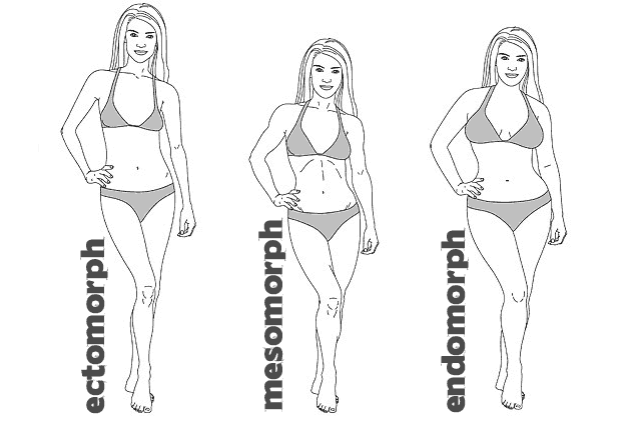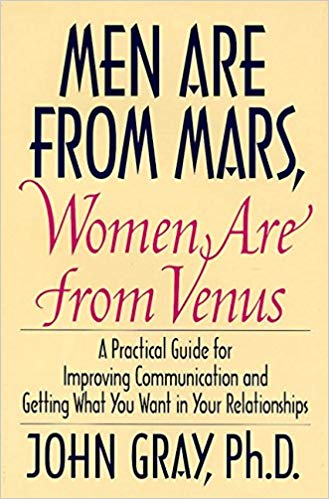When I returned to writing fiction, the first thing I did was pull out the manuscript for Violent Fall and give it a reread. I liked it, but the story was too long for a “beginning” writer to get published and the story itself was incomplete.
Incomplete as a manuscript. I had the ending sketched out in my mind for years.
One thing I forgot to mention last time was that in 1996 I had just watched the movie Titanic. In that film, as the story unfolds, fictional characters Rose and Jack brings us on a tour of the whole ship from top to bottom.

I wanted to do the same thing with Violent Fall. My central character Irina Kira would bring the reader through most of the Audallis sphere from the city of New Boston East to the forest and farmland at the top of the biosphere where she would have a “violent fall” returning to where she started in the narrative. The lower portions, the bowels if you will, remained mainly unexplored and only hinted at in various drafts.
As I reimagined the story, I also changed the title. I had come across Somatotypes; the ectomorph, the endomorph, and the highly muscular mesomorph. Somehow I put Mesomorphic with woman and a new title was born: The Mesomorphic Woman. I thought the title sounded like a science fiction story. I worked at erasing subplots, cutting to the heart of the narrative.

I also wanted the ending to be hard-hitting. This is a secret of good storytelling. The resolution should have some impact. Think Shirley Jackson’s The Lottery. With this story, I wanted the ending to have the emotional resonance of Amy Tann’s The Joy Luck Club.
When I finished the new draft, I put it away for a while and worked on other projects. After a second draft, I asked my wife to proofread. Then I began the submission process.
Back in 2000, most magazines, especially the science fiction magazines (the old SF writers had a distrust for technology), required the old method of submission. This meant I had to print out a copy of the manuscript (after putting it in proper manuscript format) along with a cover letter, clipping a SASE to the package, placing it an 8×10 envelope, and then driving to the post office to send it off. Then I would wait a week and run to the mailbox every day for months while awaiting a reply.
Responses came. They were all rejections. One prominent SF mag complimented me on my world-building skills but they didn’t like the story. Eventually, almost everyone began to use email for submissions, the years had gone by without a sale, but another prominent small press SF magazine said the whole editorial staff loved it but had decided not to purchase my story. And so it went over the years. I had some anecdotal evidence that The Mesomorphic Woman was a good story. A tell-it-like-it-is receptionist, who was also a frequent reader where I worked, read it and identified with my major character Irina Kira. Despite positive feedback, I wasn’t able to sell the manuscript.
It wasn’t until six years later in 2006 when my short fiction began to sell. Yet, for the life of me, I couldn’t figure out why The Mesomorphic Woman wouldn’t sell. I got better at my craft and over the years tweaked the story, tweaked the language, hoping to make the manuscript salable.
I finally decided I had to put the manuscript away. I could write new stories in the time it took to polish old stories that weren’t selling. I abandoned The Mesomorphic Woman, consoling myself knowing that I might include it in a future short story collection.
Later, with the manuscript secured in my virtual trunk (my hard drive) an open call for submissions for a new anthology market caught my attention. They were looking for stories just like The Mesomorphic Woman. Was it worth resurrecting the manuscript one last time? I figured I’d give the damn thing one final edit and send it out, but not without some trepidation.
I’ll talk about this more next time.










